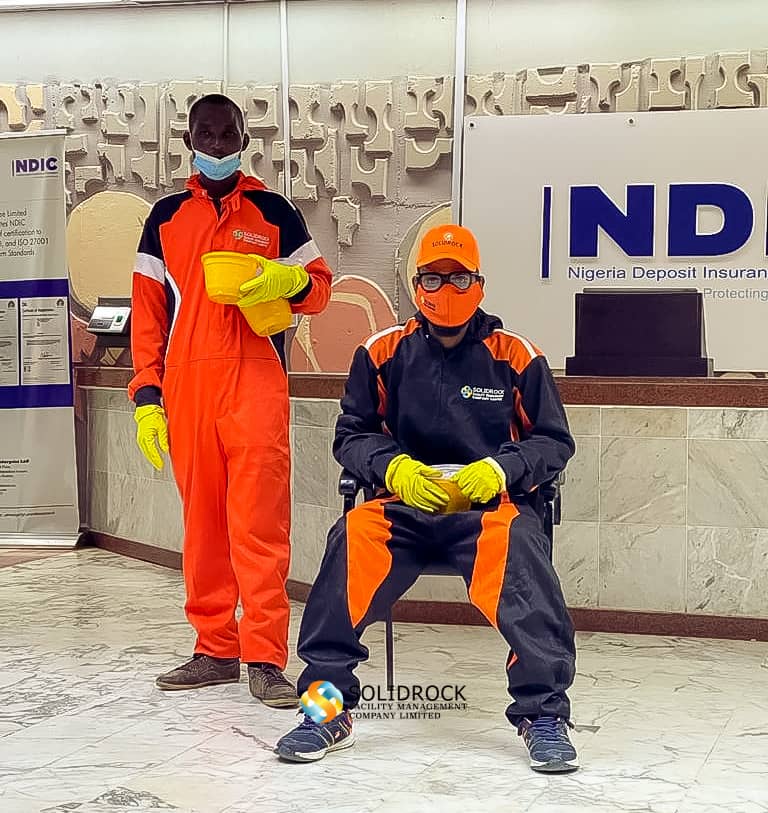Decline In Serious Injuries, Fatalities Suggests Prevention Is Priority
New ISN research reveals lowest number of SIF cases since 2017, suggesting industries are focused on prevention and safety culture initiatives.
Serious workplace injuries and fatalities decreased by 16% from 2022 to 2023, the lowest total since 2017, according to ISN’s latest Serious Injury & Fatality (SIF) Insights White Paper. The report incorporates 2023 data into its expanded seven-year analysis with a focus on ASTM E2920-19’s Level One Injury Recording criteria.
The white paper examines recordable incidents from 2017 to 2023 and identifies 19,900 potential SIF cases. The results suggest a positive trend as industries focus on high-consequence event prevention and safety culture initiatives such as Human and Organizational Performance (HOP), an operational philosophy that shifts the focus from worker behavior to the processes designed to protect the worker.
The ISN white paper also revealed the following highlights:
How OSHA Defines A SIF
According to OSHA, a serious injury or fatality (SIF) includes any work-related fatality, in-patient hospitalization, amputation, or loss of an eye.
Workplace Injury Trend Analysis
Contact with objects or equipment remains the top incident category, accounting for 60% of injuries from 2017 to 2023. In 2023, 90% of amputations affected hands, fingers, or wrists, consistent with OSHA’s severe injury trends. These injuries are often linked to unguarded machinery and improper use of high-risk equipment.
Contractors in the construction industry experienced over 1,200 SIF cases in 2023, with 43 fatalities. Additionally, more than 1,000 SIF cases were reported in the transportation industry in 2023, with a 30% SIF rate increase from 2021 to 2023.
Smaller and mid-sized companies experience greater variability in safety performance, likely due to resource limitations, workforce turnover, and exposure to high-risk activities.
SIF Incident Types By Year
Mature safety organizations are looking deeper into their safety cultures and systems within their operations and implementing philosophies such as HOP to continue to reduce SIFs. By changing the cultural response to hazard assessments, near miss reporting, incident investigation, and other safety practices, organizations aim to create a collaborative learning environment to help drive SIF reduction.
“A strong safety culture is the foundation of an effective safety program and organizations need reliable insights to drive meaningful change,” said Marie Anderson, Chief Customer Success Officer and Head of Review and Verification Services (RAVS®) at ISN. “With ISN’s CultureSight® and RAVS 360™ assessments, ISN helps equip companies with data-driven insights to evaluate worker perceptions, pinpoint gaps, and implement proactive strategies, including HOP and other competency principles, to help reduce serious injuries and fatalities.”




